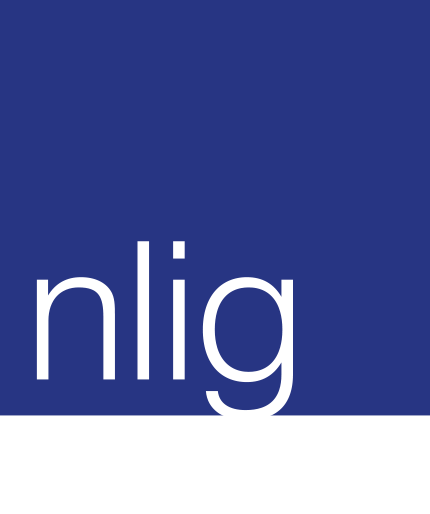The silver lining of the ‘Ogden rate’ cloud

The ramifications of Spring 2017’s ‘Ogden Rate’ changes are being felt across the personal-injury-prevalent motor and higher-risk trades, but is this anything to worry about and what can be done to lessen the pain?
The Ogden rate is a calculation applied to lump sum payments awarded to those who suffer injuries, the impacts of medical negligence, car crashes and other incidents, as well as to the payments that the families of those killed in such cases might receive.
Once a lump sum payment is agreed, it is adjusted to take into account the interest a recipient could accrue by investing the sum. After years of low interest rates, the Chancellor cut the Ogden rate from 2.5% to -0.75% in March 2017, creating a situation in which insurers have had to put more money aside to pay both past and future victims.
At the 2.5% rate, interest on a £1000 sum invested would have been £24.39, requiring the insurer to only pay £975.61 per £1000, to make up the agreed settlement sum due. At the -0.75% rate, the insurer now has to pay £1007.56 per £1000 awarded to the claimant, to give them the financial support the personal injury award was intended to provide. Thus requiring an extra £31.95 per £1000 awarded the insurer has to now set aside for settlements. On a £300,000 award this equates to an extra £9,585.00; on a £5million award the extra is £159,750!
The sectors most affected by the Ogden rate change have been the motor industry, from haulage to passenger transport and private motor to motor trade, plus other high-risk sectors such as construction. Many insurance policies involving liability, whether that is employers’ liability or public and product liability, have faced premium increases.
Young drivers are already paying around £1000 a year more for their insurance as a direct result of the Ogden rate change, and over-65s can expect to pay £300 a year more for their insurance. Other private motorists could see increases of £50-£75 a year.
The increases affecting motor fleets are unprecedented and proving a huge shock to fleet operators, many of whom are having to absorb increases of 25% or more.
With recent increases in Insurance Premium Tax having already inflated the cost of insurance for policyholders, fleet operators should consider other positive courses of action that will help them improve how their businesses are viewed by insurers. This means working with their broker to identify areas of risk management for improvement, to help keep claims costs to a minimum. Such positive actions, coupled with a proactive risk management policy in force, will be more attractive to insurers, who should in turn recognise these efforts to mitigate risk by the company and when offering future renewal premiums.
This requires an holistic approach to fleet management, encompassing better health and safety performance, strong fleet management, driver training, the fitting of telematics and cameras, and the efficient management of claims when they do arise.
Such an approach, and a commitment to working with your professional broker on a long-term basis, will assist those wishing to keep their insurance premiums in check.
If you fear what the Ogden Rate’s impacts could be on your business, please get in touch and allow us to help you create a programme to ultimately transform your claims experience and make you a more attractive risk in the eyes of insurers. By working with your broker, you can make your business a stronger, lower-risk proposition in the longer-term, proving that every cloud can have a silver lining.

